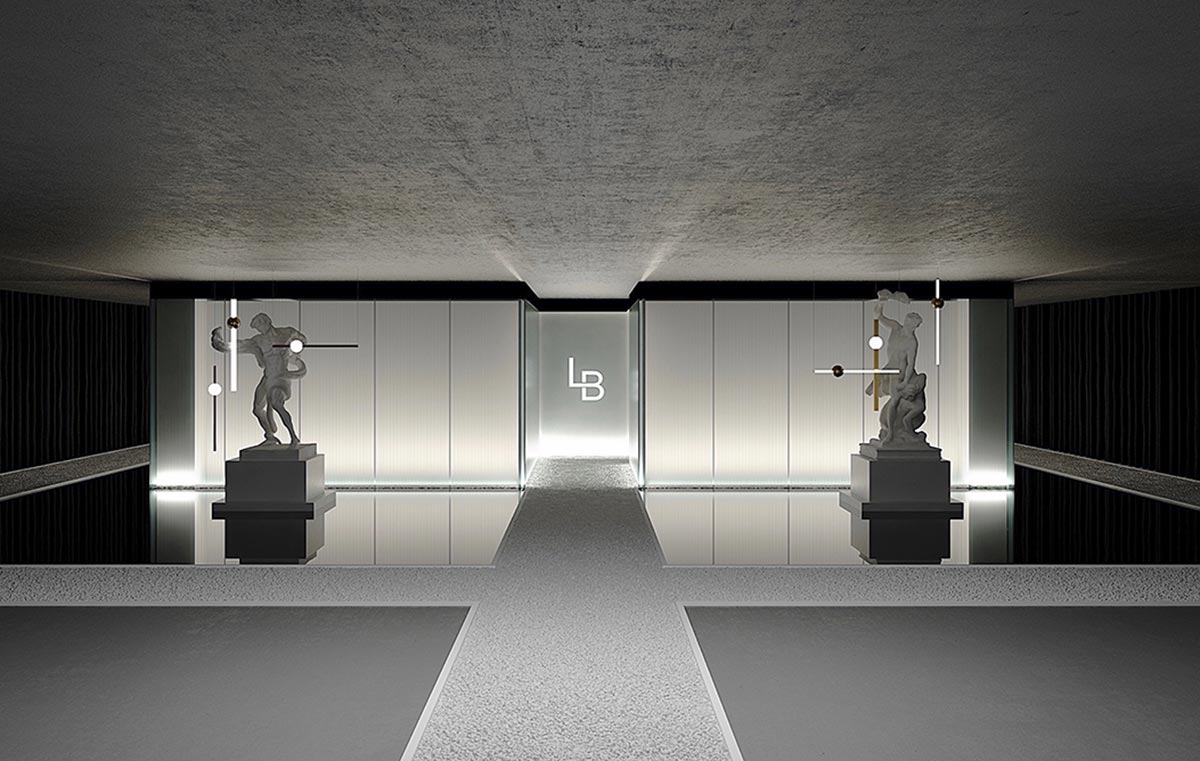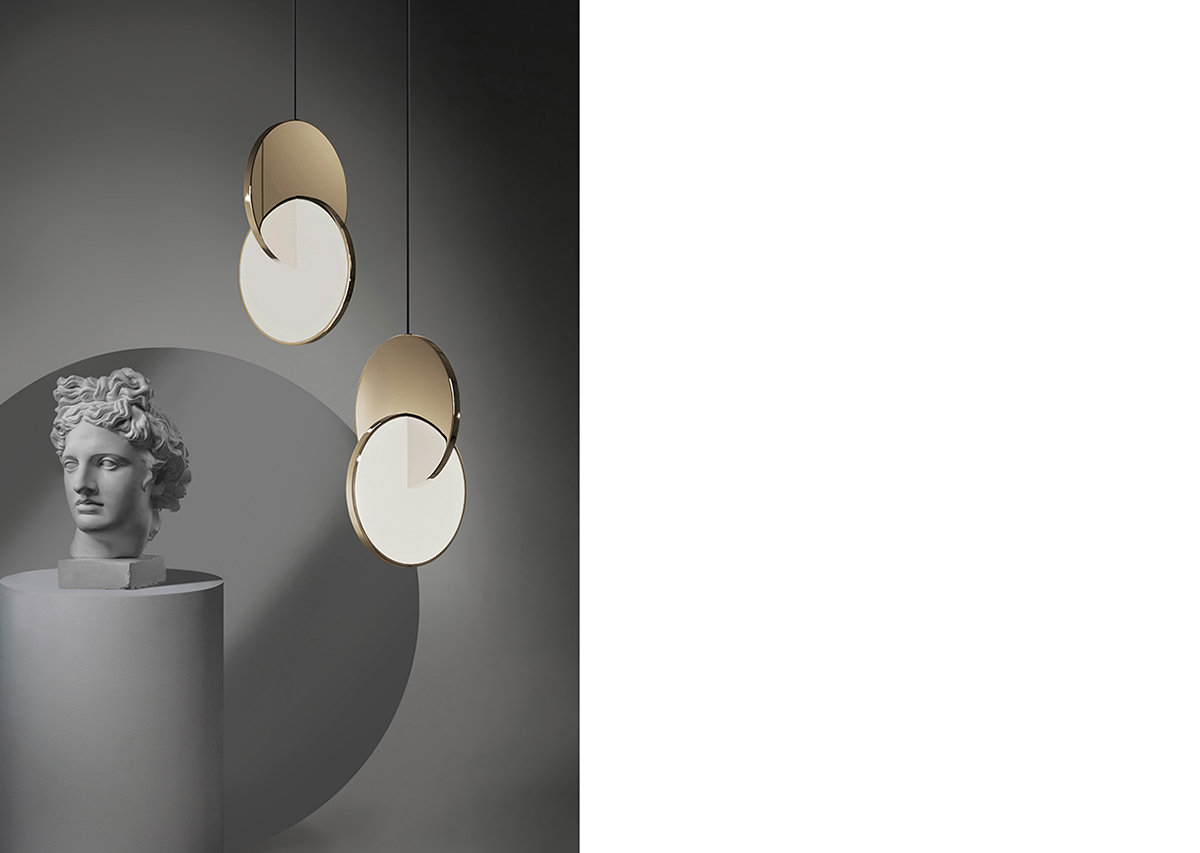We find out how this trained actor got his big break in industrial design.
Have you always known you’d be an industrial designer as a child?
I originally trained as an actor and was a professional child actor until I was 17, so my original career path wasn’t design at all. When I was 17 I entered a fashion competition called The Young Designer of The Year, which was judged by Vivienne Westwood and I won. This then led to me working for her in London and Paris for around 10 months before going on to study fashion design at Central Saint Martins.
My plan was to start my own clothing line once I had graduated however, living and studying in London is expensive and so to support myself I would offer decor advice for a number of independent bars and nightclubs across London which cemented an organic move into interiors. I used to make mirror frames and curtains and upholstery and this soon turned into a small business.
How do you strike the perfect balance between art and functionality?
My design process involves research, sketching an idea, creating a prototype, making a sample, testing it for functionality, and putting it into production. This whole process is important – a piece starts as an idea and a piece of art, but it must be functional. Vivienne Westwood showed me how she was influenced by tailoring and pattern cutting from centuries past and how we can learn from techniques of the past and make them relevant for the modern day. That is something that has definitely filtered down into what I do now as a product designer in that I have looked to traditional manufacturing techniques, craft techniques, and stylistic things from the past and reshape them for now.

The designer likes to tap into his theatre background to create installations, like the one for Space Furniture, that are dramatic and thought-provoking.
What inspires you?
I have a photographic memory for anything visual so if I see something interesting I store it away in my memory and then tap into it later on. I pick inspiration up all the time, just by walking around the city, travelling the world, seeing architecture, going to galleries or even visiting factories where I make my products.
Who are some artists, architects, designers or creative people that you look up to?
I was a huge fan of Alexander McQueen. He didn’t just create fashion, he created art – his work was theatrical and immersive which are two elements I always try to embody in my own work.
What are some of your favourite pieces to create?
Although I love to design furniture, I seem to be drawn to lighting. It is key in any interior to install good lighting, whether decorative or more functional. I never intentionally set out to work so predominately in lighting design and I tend to design whatever I am inspired by at that moment. Creating a lighting piece is tricky. You have a strong vision for the aesthetic but there are also so many technical aspects that are required to adhere to in order to make the piece a functional object. To combine these two elements and be able to achieve your initial vision is always challenging.

Lee likes to strike the balance between modernism and nostalgia in his sculptural lighting and furniture designs.
In your opinion, what is good design?
Good design to me is timeless and not based on trends. I design for longevity. I think it is important and a responsibility as a designer to ensure that we do so.
Do you have a fantasy product/ project that you would love to work on?
I would love to design a hotel – that has always been a dream of mine.



